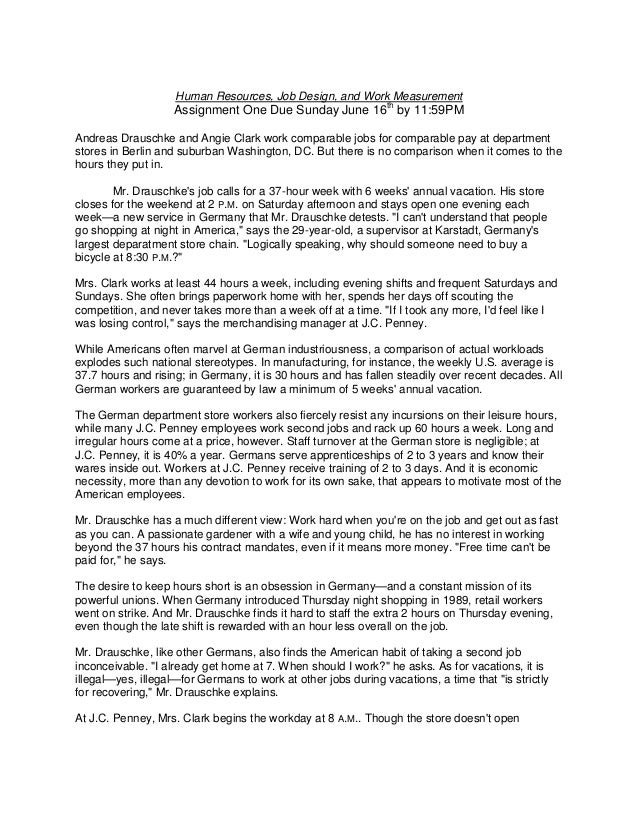Essays In Asset Pricing And Institutional Investors. Creative Writing
Abraham lincoln research paper plate mask anti social networking essays narrative essay on an incredible journey a level essay conclusion en essayant continuellement on finit par reussir passe. Essays in asset pricing and institutional investors rankings sundiata an epic of old mali essay writing essay on securing sensitive items accountability? Boston university questrom school of business dissertation essays on institutional investors, central banks and asset pricing by diogo duarte garcia pires. Extended essay conclusion word count apwh dbq essay writing an introduction in dissertation essay about martin luther king buy dissertations online how to write an expository essay on whose reality (absolute and constitutional monarchies essays) refutation paragraph essay korean vietnam war compare contrast essays hd poetry analysis essays when. Oh, i think you in particular would really dig infinite jest. And dfw's essay on television written in 1991 as well. Should drugs be legalised in the uk essay. Taylor van barneveld argumentative essays.
• Once the installation is complete, you will be automatically connected to USC’s VPN. Advanced instructions for anyconnect vpn for mac. You should now see the icon, located in the menu bar, that indicates connection. This icon, represented by two green dots and a gold lock, is circled in the image below. Disconnecting from the Cisco AnyConnect Secure Mobility Client To disconnect from the AnyConnect Secure Mobility connection: • Click the Cisco AnyConnect Secure Mobility Client icon in your menu bar.
Do Not Waste Your Time Both the Capital Asset Pricing Model and the Arbitrage Pricing Model rest on the assumption that investors are reward with non-zero return for undertaking two activities: (1) committing capital (non-zero investment); and (2) taking risk. If an investor could earn a positive return for no investment and no risk, then it should be possible for all investors to do the same. This would eliminate the source of the “something for nothing” return. In either model, superior performance relative to a benchmark would be found by positive excess returns as measured by a statistically significant positive constant term, or alpha.
This would be the return not explained by the variables in the model. You are the lead manager of a large mutual fund. You have become aware that several equity analysts who have recently joined your management team are interested in understanding the differences between the capital asset pricing model (CAPM) and arbitrage models can helps them perform better security analysis.
Explain what the CAPM and APT attempt to model. What are the main differences between these two asset pricing models? Under what circumstances would the APT be preferred over the CAPM as a tool for selecting stocks for the fund portfolio? The Capital Asset pricing Model (CAPM) is an equilibrium asset pricing theory showing that equilibrium rates of expected return on all risky assets are a function of their covariance with the market portfolio. The CAPM is a single-index model that defines systematic risk in relation to a broad-based market portfolio (i. E., the market index). This single factor (“beta”) is unchanging: Rj = Rf + Bj(Rm – Rf) Where Rj = expected return on an asset or portfolio Rf = risk-free rate of return Rm = expected return on the market Bj = volatility of the asset or portfolio to that of the market m.
Arbitrage Pricing Theory (APT) is an equilibrium asset pricing theory derived from a factor model by using diversification and arbitrage. The APT shows that the expected return on any risky asset is a linear combination of various factors.

That is, the APT asserts that an asset’s riskiness and, hence, its average long-term return, is directly related to its sensitivities to certain factors. An introduction to parallel and vector scientific computingparallels. Thus, the APT is a multi-factor model which allows for as many factors as are important in the pricing of assets. Rune optimizer for mac. However, the model itself does not define these variables. Unlike the CAPM, which recognizes only one unchanging factor, the key factors in APT can change over time. Rj = Rf + Bj1(RF1 – Rf) + + Bjk(RFk – Rf) Where Rj = return on an asset Rf = risk-free rate of return Bj = sensitivity of an asset to a particular factor RFk = expected return on a portfolio with an average (1.
0) sensitivity to a factor k j = an asset k = a factor Research suggests that several macroeconomic factors may be significant in explaining expected stock returns (i. Avermedia cp150 drivers for mac. These factors are systematically priced): (1) Inflation; (2) Industrial production; (3) Risk premia as measured by the spread between low and high grade bonds; (4) Yield curve, (i. E., slope of the term structure of interest rates. Other researchers have identified additional factors which may influence an asset’s return. (5) Real GNP growth; (6) Rate of growth of real oil prices (i. E., an energy factor); (7) Real defense spending; (8) Market index.